COMME des GARÇONS, Deconstructed Fashion by Rei Kawakubo
Founded in opposition to Western aesthetic norms, the brand shakes up established notions of beauty, gender and the body.
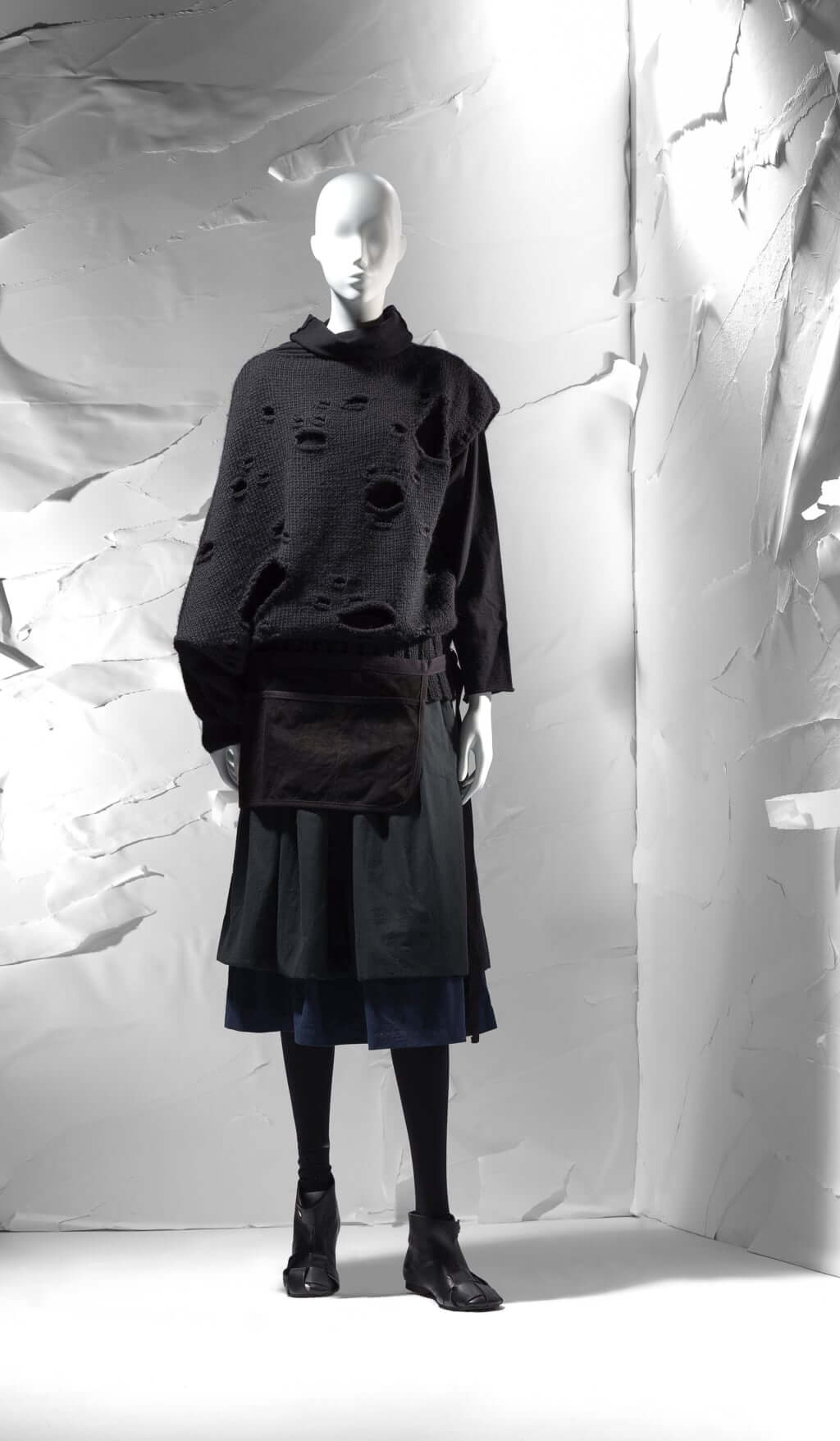
© Christian Markel / National Gallery of Victoria
Generally associated with the image of the little red heart with black eyes, the brand COMME des GARÇONS, shortened to CDG, did not stop at this single success. It was founded in 1969 by the enigmatic Rei Kawakubo, who at the time was dissatisfied with the clothing available in stores.
Its name inspired by the yé-yé pop song by Françoise Hardy, ‘Tous les garçons et les filles’ (1962), the Japanese label, with its avant-garde, punk image, sets the tone: non-conformism.
An ode to imperfection
An almost exclusive use of black, asymmetrical cuts, deliberately torn fabrics… Marked by her childhood growing up in the post-war years, Rei Kawakubo offers pieces that defy the trends and shake up established notions of beauty, gender and the body.
‘COMME des GARÇONS is a gift to oneself, not something to appeal to or attract the opposite sex’, she revealed to Vogue in 1995. In the world of haute couture, her radical creations triggered a real earthquake by defying conventions. Due to the visible stitching and unusual fabrics used, the Japanese stylist’s first runway show in Paris in 1981 was described in the press as ‘Hiroshima chic’ because it showed that beauty does not necessarily equate to elegance. Imposing her rebellious philosophy, the designer with an architectural fringe was considered the priestess of the anti-fashion movement in the 1980s and her brand CDG became synonymous with avant-gardism.
An ever-evolving empire
From a modest studio based in Tokyo to hundreds of points of sale all over the world, Rei Kawakubo has built up a powerful empire that comprises numerous franchises (COMME des GARÇONS Parfums, COMME des GARÇONS Play, COMME des GARÇONS Tricots). ‘For me, I am not a fashion designer. I use fashion as a business’, she declared to WWD.
With a view to always offering pioneering garments and concepts, she focuses on collaborative work, surrounding herself with talented young designers like Junya Watanabe, Fumito Ganryu and Chitose Abe. She also innovates with initiatives that go beyond the strict boundaries of runway shows, like Six Magazine (1988) and the Dover Street Market concept stores (2004), driven by her husband Adrian Joffe.
After a successful career spanning over 50 years, the Metropolitan Museum of Art in New York paid homage to the understated businesswoman’s visionary work in an exhibition in 2017, Art of the In-Between, in which 140 unique pieces were displayed. This is the only retrospective the museum has dedicated to a living designer since that for Yves Saint Laurent, reaffirming Rei Kawakubo’s unique status on the international fashion stage.
More information can be found on COMME des GARCONS’ website.
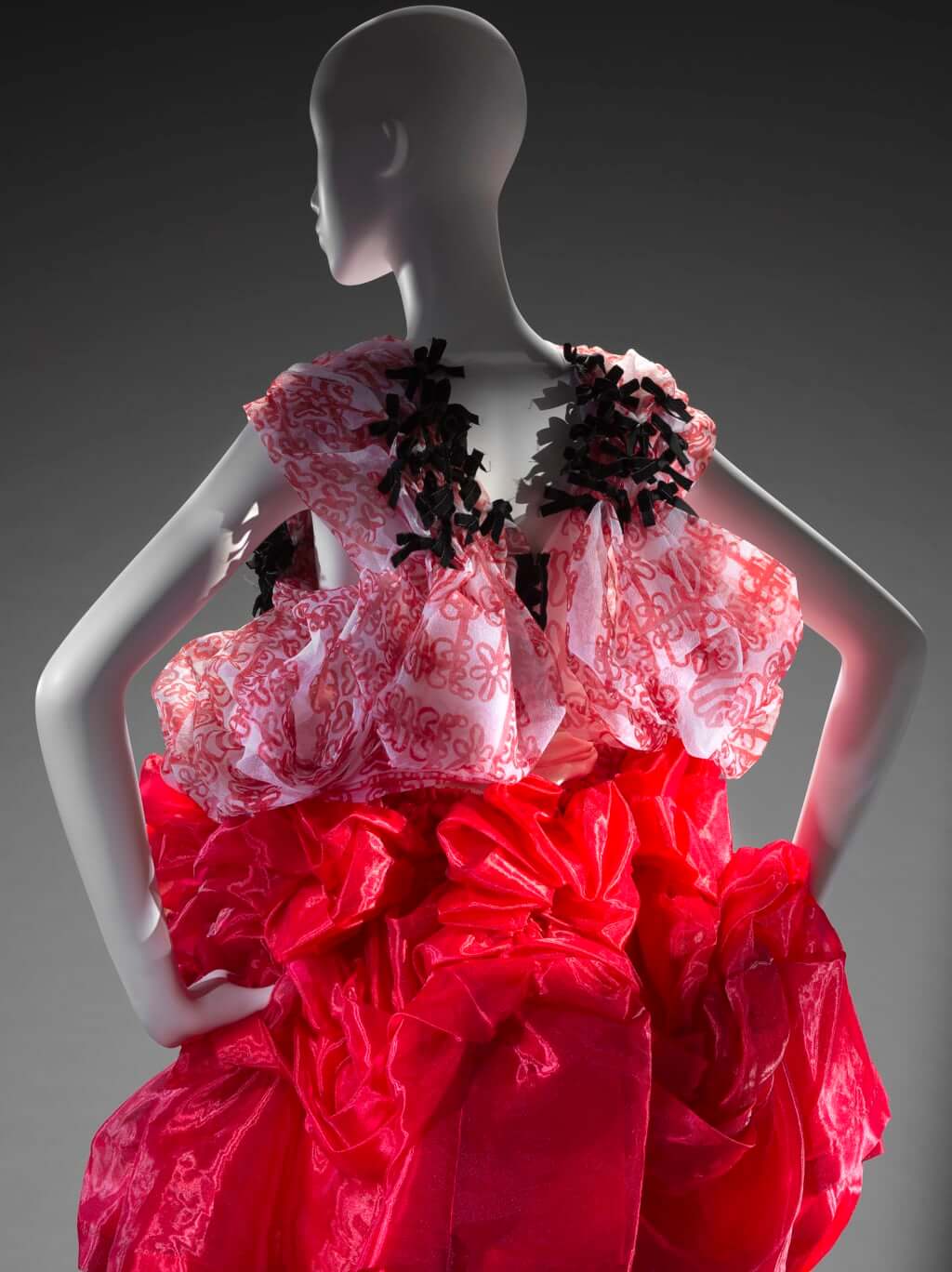
© Christian Markel / National Gallery of Victoria
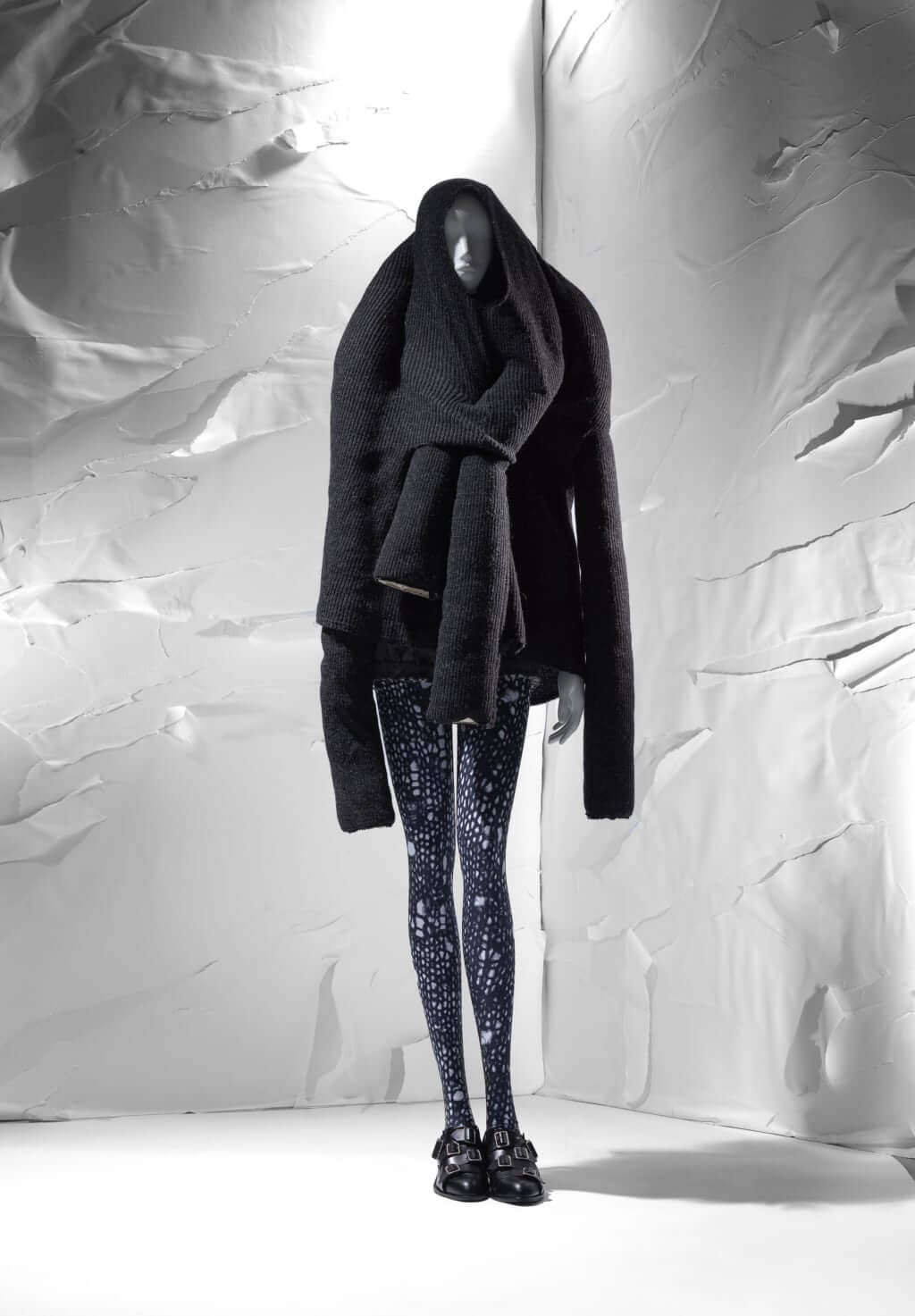
© Christian Markel / National Gallery of Victoria
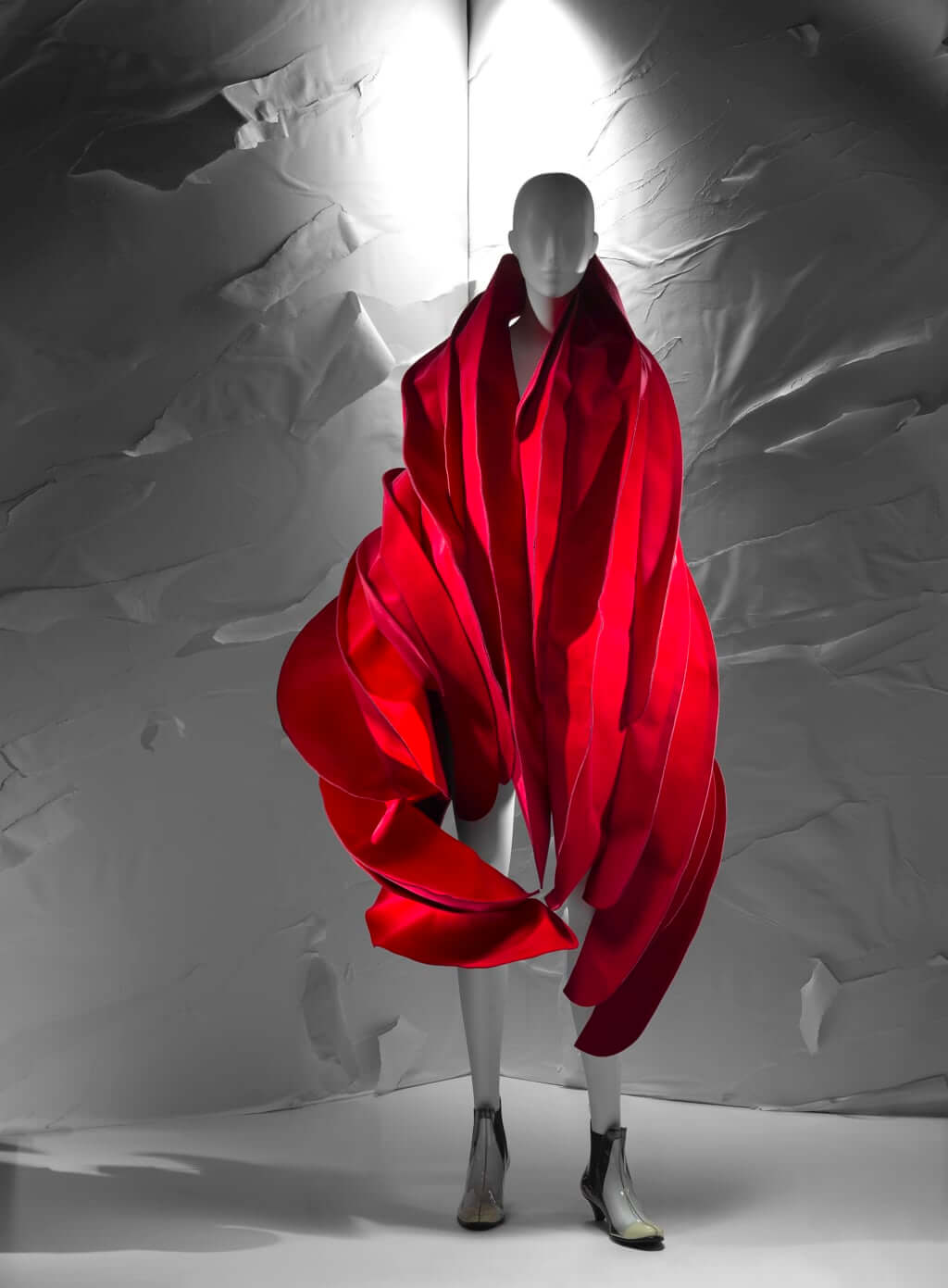
© Christian Markel / National Gallery of Victoria
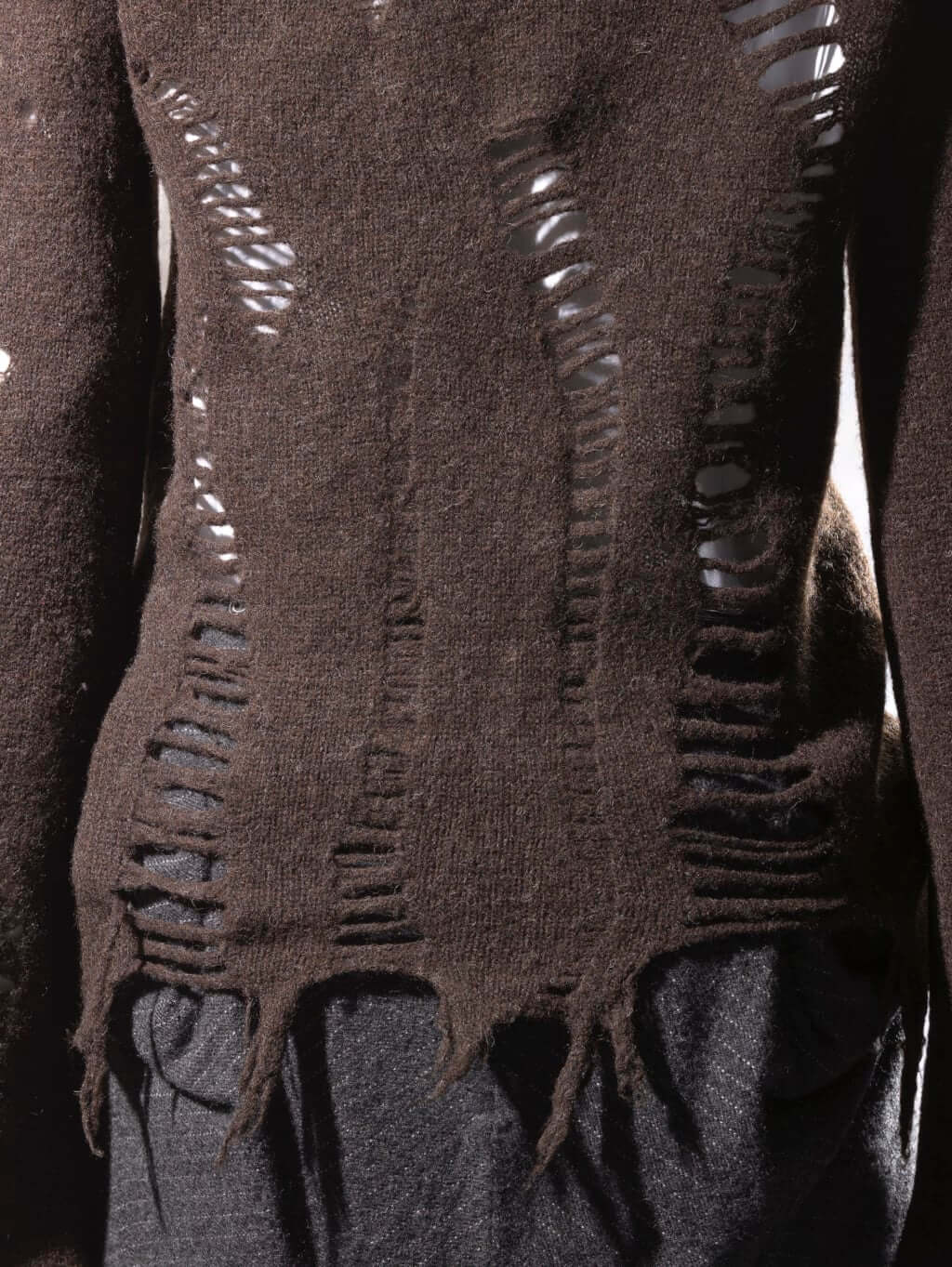
© Christian Markel / National Gallery of Victoria
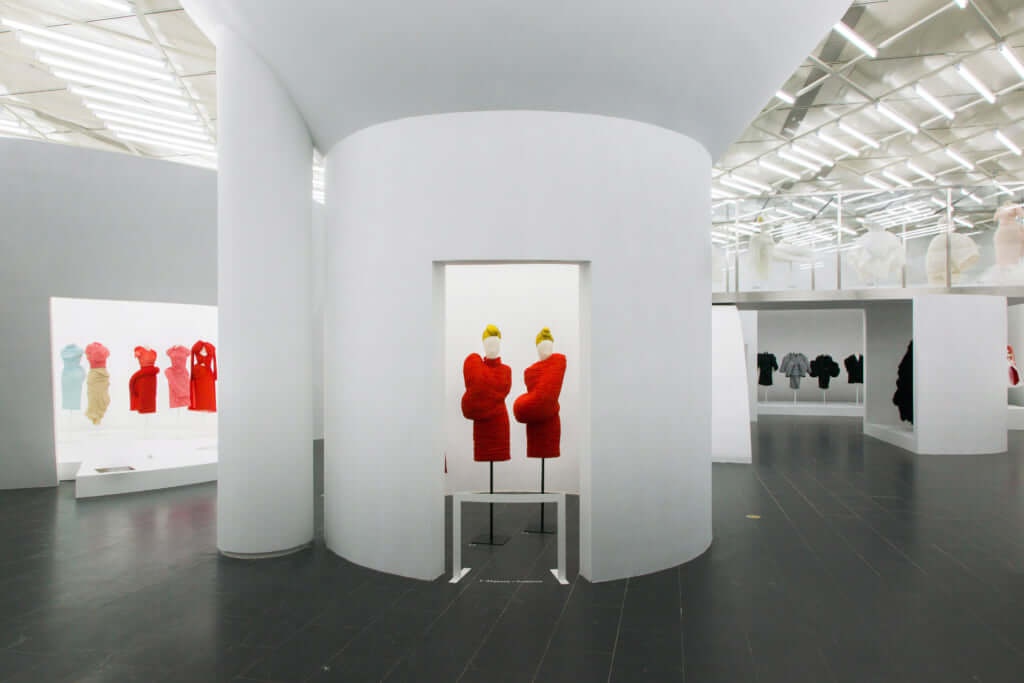
© The Metropolitan Museum of Art
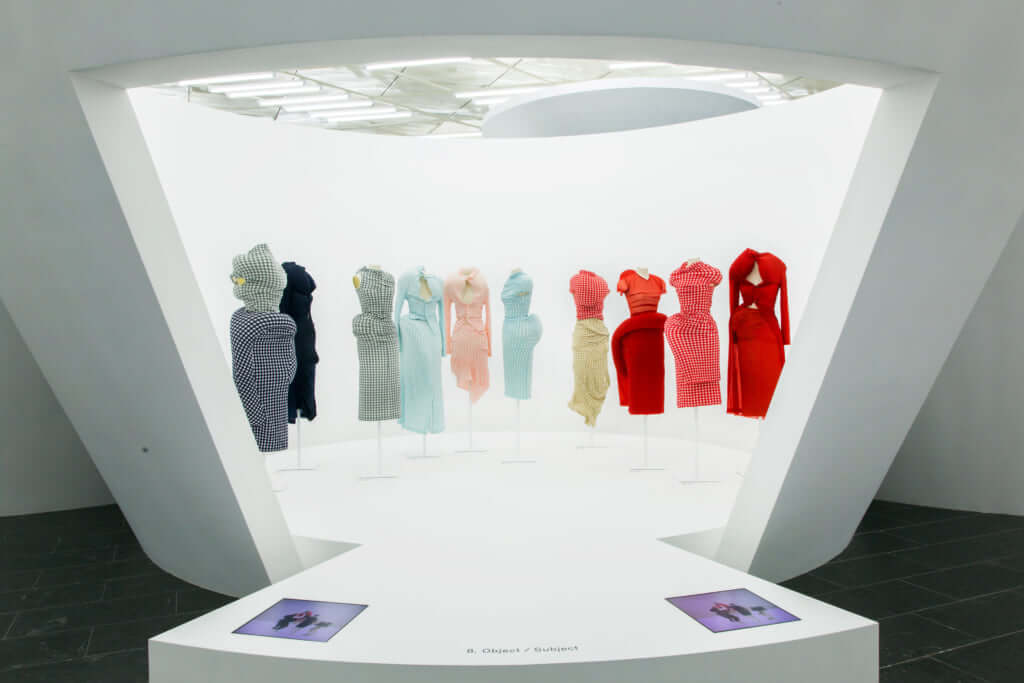
© The Metropolitan Museum of Art
TRENDING
-
Ishiuchi Miyako, A Singular Perspective on Women
Recipient of the 2024 Women in Motion Award, the photographer creates intimate portraits of women through the objects they left behind.

-
Recipe for Ichiraku Ramen from ‘Naruto’ by Danielle Baghernejad
Taken from the popular manga with the character of the same name who loves ramen, this dish is named after the hero's favourite restaurant.

-
Namio Harukawa, Master of Japanese SM Art
'Garden of Domina' offers a dive into the world of an icon of ‘oshiri’, whose work has now reached a global audience.

-
The Tattoos that Marked the Criminals of the Edo Period
Traditional tattoos were strong signifiers; murderers had head tattoos, while theft might result in an arm tattoo.

-
The Emperor of Japanese Porn is Now the Star of a Netflix Series
Deliciously funny, The Naked Director especially succeeds in reviving the atmosphere that was so characteristic of 1980s Japan.





